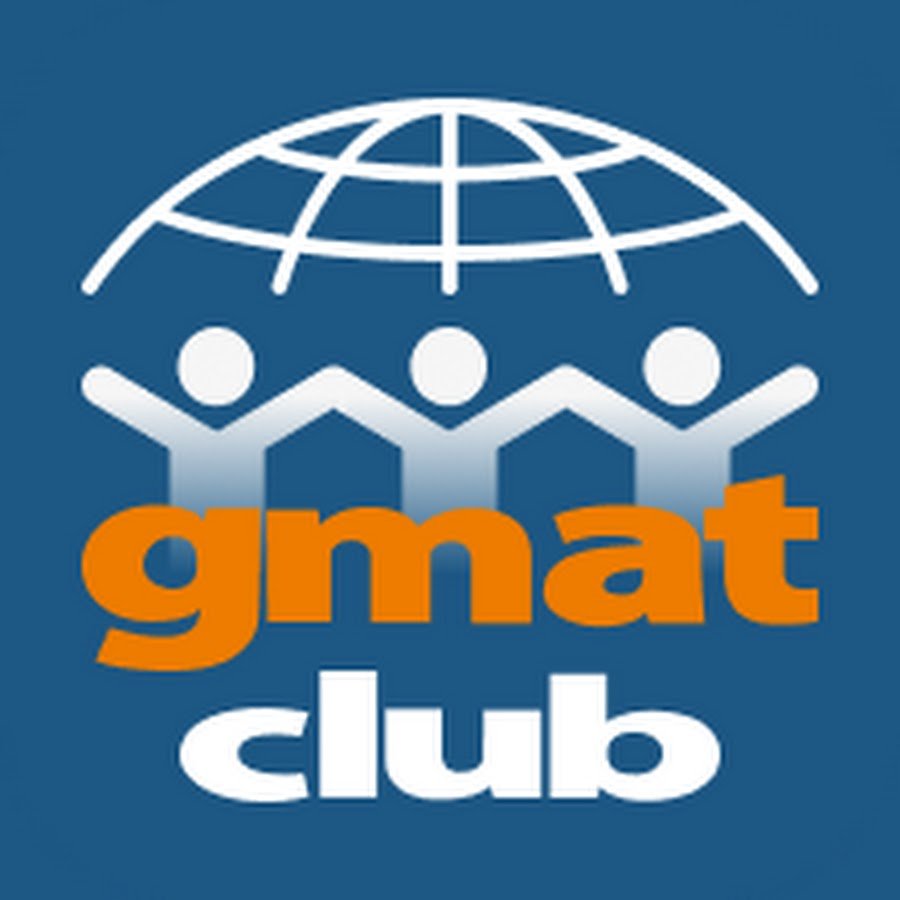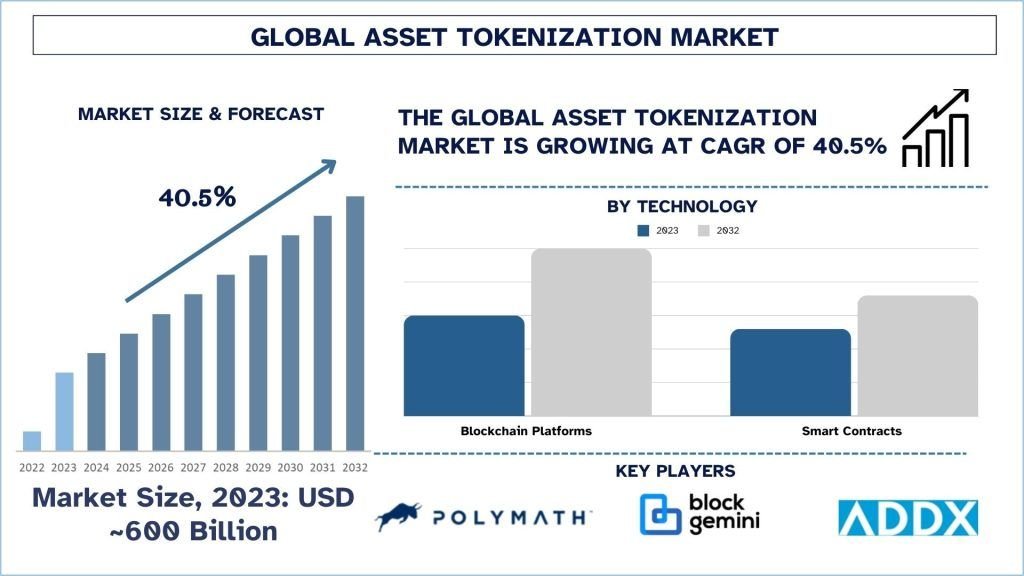For decades, preparing for the GMAT meant cracking open thick prep books, creating rigid study schedules, spending hours on repetitive mock tests, and flipping through endless stacks of flashcards. It was a solitary, time-consuming process, often relying heavily on trial-and-error. However, in recent years, the landscape has undergone a dramatic shift. A new player has entered the scene, revolutionizing how ambitious test takers approach GMAT prep: Artificial Intelligence.
AI-powered tools are no longer just futuristic concepts. They’ve become real, highly effective solutions embedded within top GMAT prep platforms, subtly reshaping study habits, diagnostic methods, and outcomes for thousands of students worldwide. What once took weeks or months to pinpoint—such as weak areas or inefficient timing—can now be recognized in mere minutes. This isn’t just about saving time; it’s about maximizing efficiency and delivering results that matter.
But the big question remains: Is this technological revolution all marketing fluff, or is AI truly transforming the GMAT prep experience for the better?
Let’s dive deeper into what AI actually does in a GMAT prep course, how it compares to traditional methods, and the real-world results test takers are seeing today.
What Exactly Does AI Do in a GMAT Prep Course?
Unlike standard study tools that rely on fixed question banks and one-size-fits-all strategies, AI-driven platforms go far beyond basic test prep. They create dynamic, evolving learning experiences based on each individual’s performance and behavior. Here’s how:
- Adaptive Learning Paths: The system adjusts content delivery in real time, based on how well (or poorly) a student is performing. If you’re consistently struggling with data sufficiency questions or speed issues in sentence correction, the system pivots automatically to offer more practice in those areas—without needing a tutor to intervene.
- Error Pattern Detection: AI tools can identify the types of logical fallacies or calculation mistakes you’re prone to. For instance, if you often misjudge assumption-based critical reasoning questions or fall into traps in inequality problems, the system flags these patterns early.
- Time Management Analytics: Ever wondered why some sections always feel more stressful? AI analyzes your pacing, tells you which question types consume the most time, and offers targeted strategies to reduce time waste.
- Predictive Scoring Engines: These engines leverage large datasets of real test attempts to estimate your likely score based on your current performance. This helps you set realistic benchmarks and track improvements more accurately.
This isn’t just fancy tech for tech’s sake. These features actively shape smarter, faster, and more focused learners—putting the test-taker in control of their progress with data-backed guidance.
AI’s Tangible Impact on GMAT Prep
To better understand the real effects of AI-powered prep systems, let’s look at data collected between January and May 2025 from over 3,500 users across public forums and private platform analytics:
| Feature Used | Average Score Increase | Time Saved Per Section |
|---|---|---|
| Adaptive Practice Sets | +43 points | 8 minutes |
| Error Pattern Feedback | +35 points | — |
| Score Prediction Models | +22 points | — |
| AI-Based Time Tracking | +18 points | 5 minutes |
These numbers highlight measurable improvements in both performance and time management—two crucial factors in GMAT success.
Why Traditional Prep Methods Fall Short in 2025
Despite the rise of AI, many candidates still rely heavily on old-school prep materials—static mock tests, books, and repetitive drills. While these resources are helpful in building foundational knowledge, they lack the flexibility and precision needed in today’s fast-paced, high-stakes prep environment.
Common limitations of traditional methods include:
- Learning Plateaus: Students often hit a wall, repeating the same scores without understanding why. Traditional tools lack the diagnostic power to pinpoint the root causes.
- Inefficient Time Use: Static tests don’t show where exactly time is wasted or how pacing can be improved.
- Unseen Blind Spots: Without intelligent feedback, students may continue making the same mistakes, particularly in complex logic-based areas like Critical Reasoning (CR) and Data Sufficiency (DS).
By contrast, AI-backed platforms function like a highly observant personal tutor who tracks every click, every pause, and every misstep—offering micro-adjustments that help you continuously evolve.
How AI Reduces Mental Fatigue and Prevents Burnout
One of the most underappreciated benefits of AI in GMAT prep is its ability to support mental wellness and sustained focus. Many platforms now incorporate features specifically designed to reduce cognitive overload and improve study-life balance. These include:
- Daily Micro-Tests: Bite-sized quizzes based on recent performance trends help reinforce learning without overwhelming the student.
- Smart Break Scheduling: Algorithms suggest breaks at optimal times by tracking cognitive fatigue—boosting retention and motivation.
- Confidence Scoring: Instead of just measuring right or wrong answers, AI evaluates how confident you were in each response. This helps target uncertain areas and improve decision-making under pressure.
For professionals balancing GMAT prep with full-time jobs or school, these features can make a significant difference in long-term stamina and performance.
Upcoming AI Trends Set to Transform GMAT Pre
Looking ahead, several new innovations are already making waves and are expected to shape the next 12 months of GMAT preparation:
- Conversational AI Tutors: These tools provide detailed, step-by-step explanations using natural language—making it feel like a human tutor is guiding you through tough questions. Studies show this approach can increase retention by over 30%.
- Global Peer Benchmarking: AI now leverages anonymized data from thousands of users to let you see how your skills compare to others worldwide. It’s not just about scores; it’s about understanding your percentile across individual topics.
- Multilingual Support & Strategy Guides: To assist non-native English speakers, many platforms are introducing bilingual prompts and explainer videos—reducing fatigue and helping with content comprehension from day one.
Final Thoughts: Should You Use AI for GMAT Prep?
AI isn’t a silver bullet. It won’t study for you or magically raise your score. But it will act as an intelligent, ever-evolving guide—one that understands your habits, adapts to your strengths and weaknesses, and nudges you toward better performance every day.
If you’re aiming to prepare like a top scorer, now’s the time to embrace this powerful shift. Explore an AI-powered GMAT prep course that adapts in real-time, fine-tunes your study routine, and gives you the best possible shot at acing the exam.
















Leave a Reply